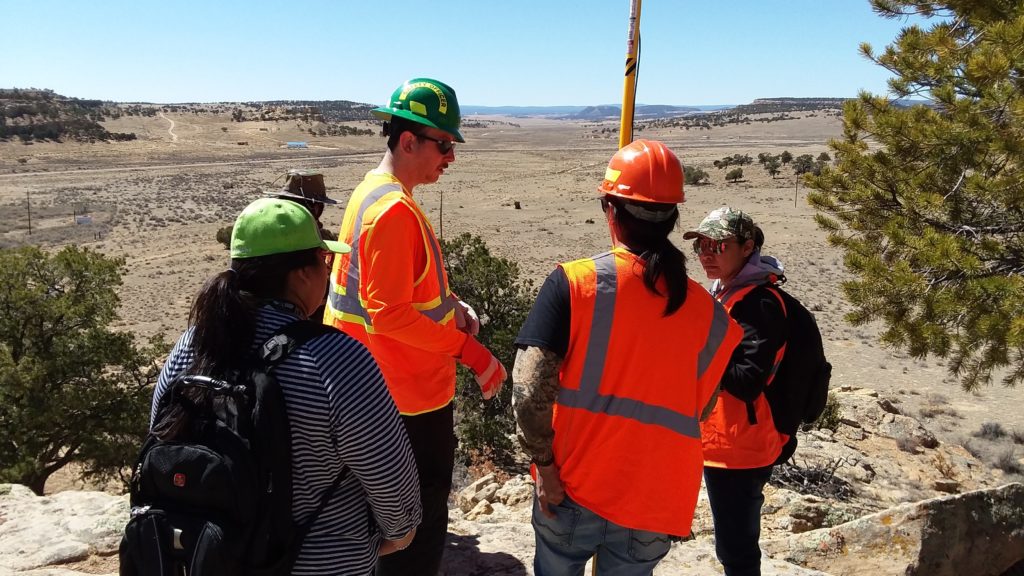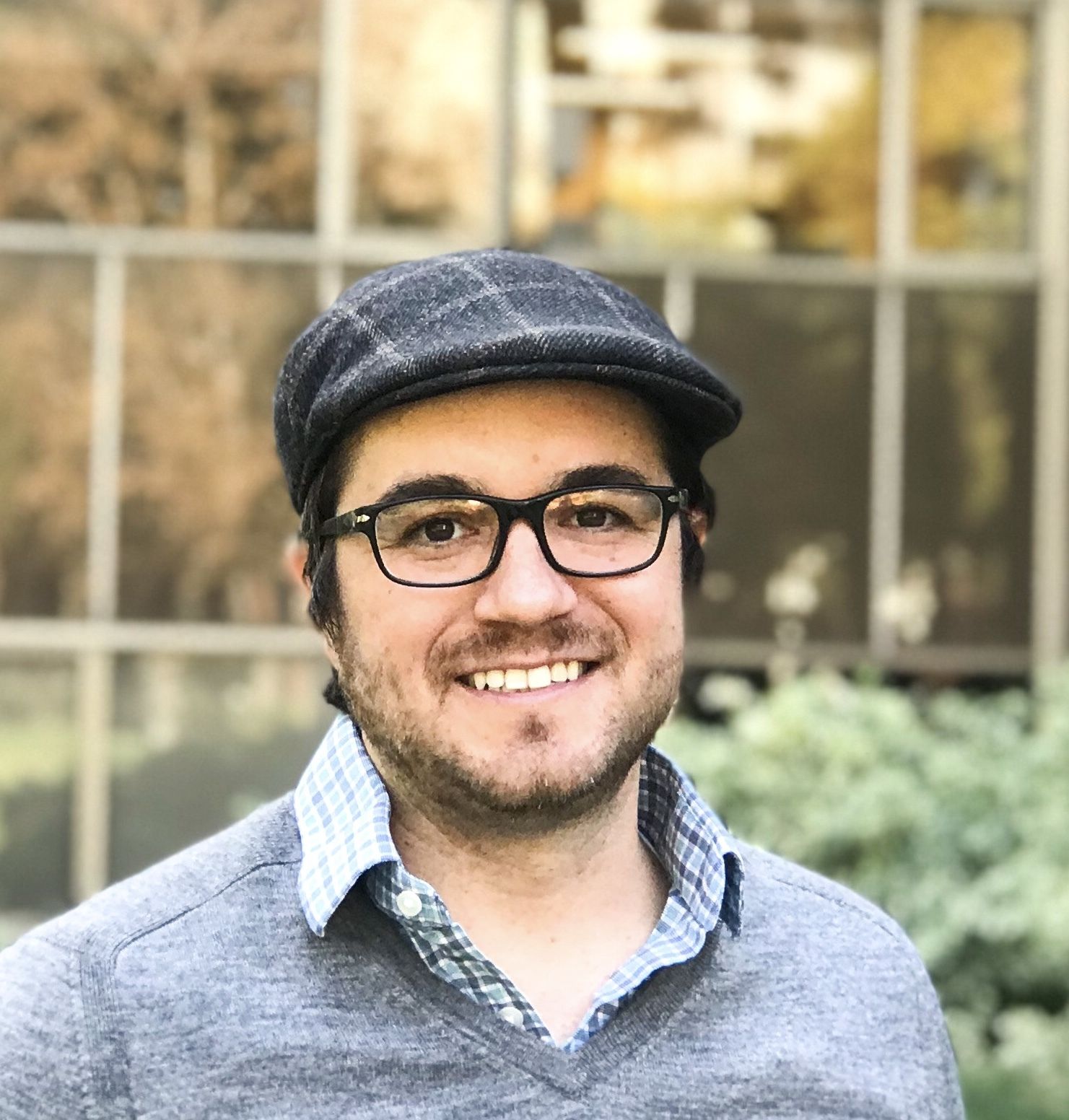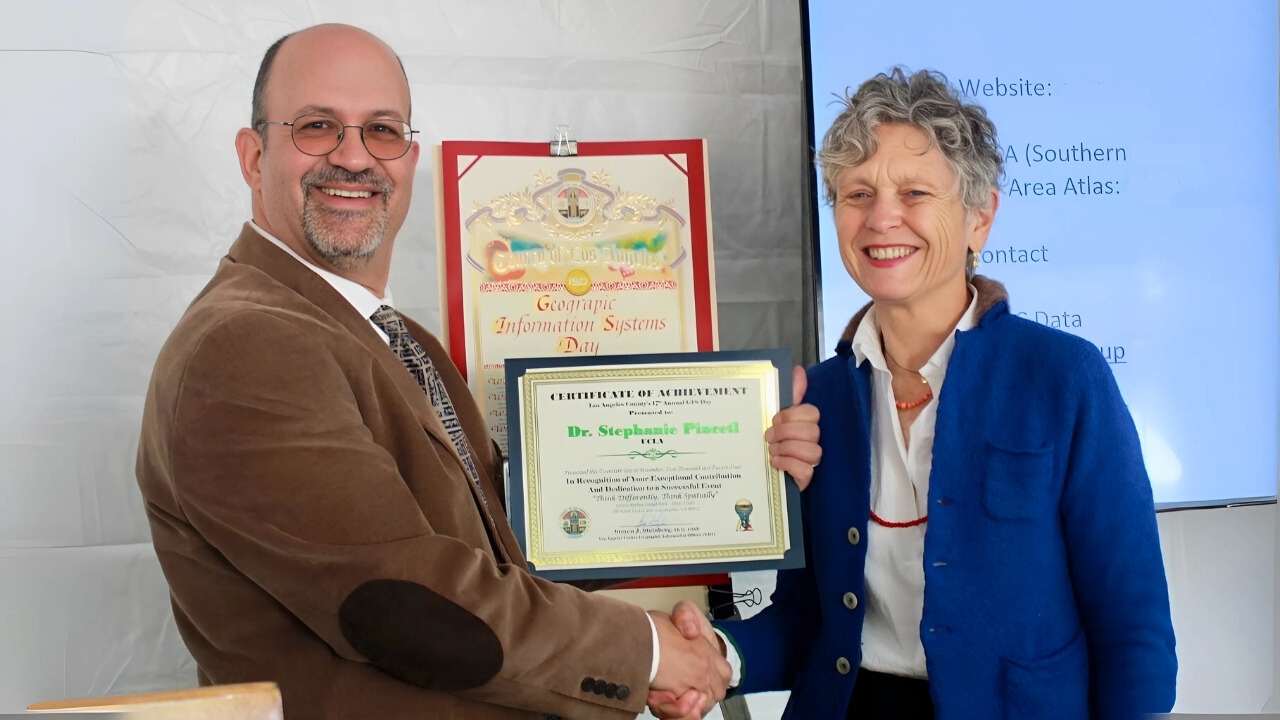
Environmental science without borders
UCLA Institute of the Environment and Sustainability alumnus Jason Post bridges that gap with science education — he was recruited to Navajo Technical University by their Environmental Science and Geographic…
In more than just distance, Los Angeles and the Navajo Nation in the southwest United States are miles apart. From culture to technology, the two places bear little in resemblance.
UCLA Institute of the Environment and Sustainability alumnus Jason Post bridges that gap with science education — he was recruited to Navajo Technical University by their Environmental Science and Geographic Information Technology (GIS) programs to support and train undergraduates. They are fighting for environmental justice and learning about the past and future impacts of climate change.
Last week, representatives from the recently-launched Center for Diverse Leadership in Science at UCLA met Post’s students at Navajo Technical University, where he works as an assistant professor. They toured ruins, discussed climate change and looked at petroglyphs — thousand-year-old rock carvings — depicting amphibians and aquatic birds, animals no longer prevalent in the dry modern climate of the region.
The students also shared stories about what it’s like to study at their respective universities, and how to advance in fields historically dominated by white men — something the center seeks to change.
“It’s very interesting to think I can actually make it to grad school and contribute to science as a Diné woman and a single mother,” said Navajo Tech senior Kendra Greymountain, using the Navajo word for their people. “This visit was a very rewarding experience.”
Improving representation of marginalized groups in science, Post said, is essential to achieving social justice on environmental issues.
His own environmental justice awakening happened along the concrete banks of the L.A. River. As a Ph.D. student, Post studied exotic species living in the waterway. While mapping data on the river’s aquatic environment by foot, kayak and remote-controlled boat, he noticed something frequently left out of far-reaching plans to make the river as a more-natural place for people and wildlife.
“While we were out there, we saw all these people fishing,” Post said. “There’s a significant homeless population that lives along the L.A. River. They are augmenting their diet with fish.”
Pathogens such as bacteria and viruses, along with inorganic pollutants like heavy metals from untreated urban runoff, can pose serious health risks when consuming food from the L.A. River.
Post shifted his focus from fish to people, and how people perceive their relationship with nature. He learned that how people view the river depends on things like class and ethnicity. As plans to improve the river move forward, he hopes more attention is paid to such differences. Post noted that in recreation zones where fishing is permitted, all signs are in English — but most people fishing the river are primarily Spanish-speaking.
“There are these huge environmental justice aspects,” Post said. “L.A. is very park-poor, and the L.A. River has historically been a place for marginalized communities, for immigrant communities, for the poor.”
At Navajo Tech, Post continues to work towards environmental justice, teaching geographic information system (GIS) mapping skills he first learned at UCLA. He sees GIS as an essential tool for the Navajo to get data that will inform efforts to confront environmental and public health problems.
One such problem that concerns many Navajo students is uranium mining, which takes place in close proximity to Navajo homes and workplaces. In addition to exposure to the radioactive metal itself, radon gas — which is released by the mining process — poses major health risks. The National Institute of Health notes that prolonged exposure to the Radon and its radioactive byproducts is “strongly and causally linked to lung cancer.”
Unlike in Los Angeles, where huge amounts of data are mapped spatially, informing policies and practices, the Navajo largely rely on maps that date back to pre-internet times. And because mining locations are not well mapped, people are unknowingly exposed to dangerous toxins.
“I know people whose children swim in pools that are actually just abandoned uranium mines filled with water,” Post said. “It’s everywhere, but it’s nowhere at the same time. If you’re a citizen and you want to know where a uranium mine is, there’s just not that kind of information to find out.”
Post takes his students into the field to apply their mapping skills, hoping to improve the situation and mitigate public health risks. To solve the problem, he said, they must first be able to identify it.
As a white man working with people who have historically been oppressed, Post knows his appearance is emblematic of the injustice he’s trying to remedy. He hopes to show his students environmental science is for everyone, but it can be an uphill battle.
“If you go to Window Rock, which is the capital of Navajo Nation, many of the tribal GIS analysts and biologists are white. When you grow up in that community and you see that, you think ‘I’m never going to have a shot at that.’ ”
Financial disparities are also a problem, with the most expensive technology often restricted to privileged classes, Post said. To get around that barrier, he relies on open source technologies —software with publically-accessible code.
Grad student Alexandrea Arnold, who is part-Chickasaw, was part of the UCLA group that visited Navajo Tech last week. She learned about the daily lives of students over meals and listened to their perspectives about science and nature. The experience helped her see her own research through a new lens, she said.
Eventually, Jason Post hopes to bring some of his students to L.A. to experience fieldwork in an urban setting, like he did with the L.A. River.
As a professor, Post said he uses what he learned at UCLA’s Institute of the Environment and Sustainability on a daily basis.
“I’m applying what I learned, and not just a small part of it,” Post said. “I use what I got from the introductory classes, the conservation biology, the energy courses—everything. I get to use every aspect of my degree.”
Learn more about IoES academic programs.
IMAGE: Jason Post and his students conduct field work. | Photo via Jason Post.




